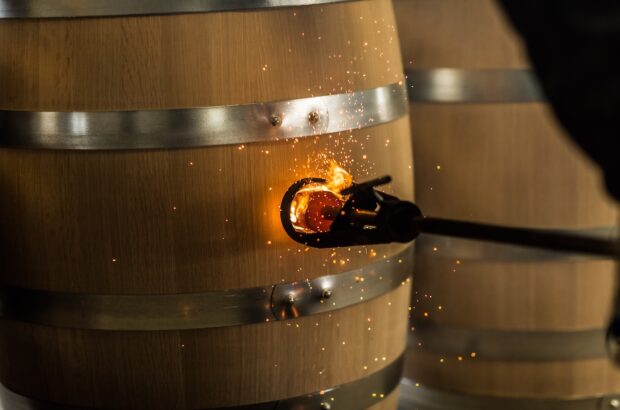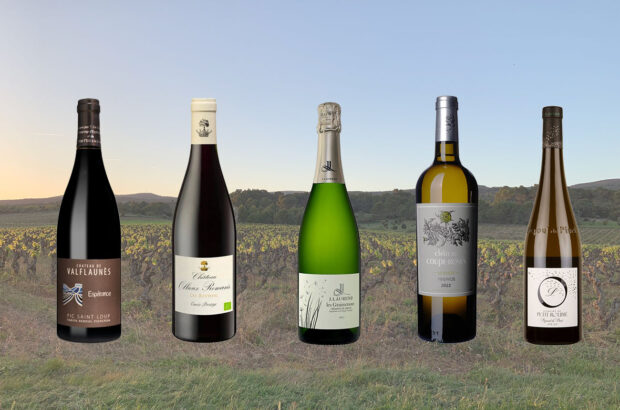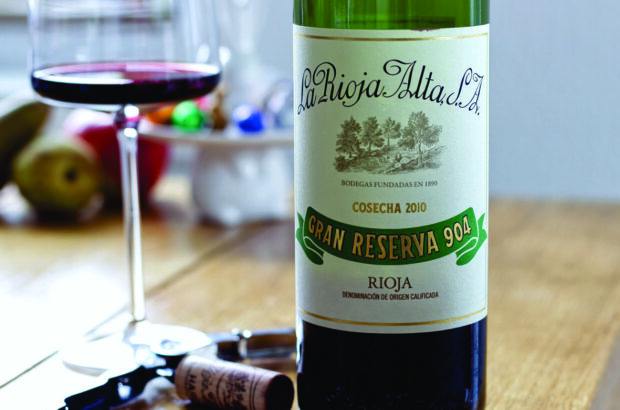I was with some wine students in Chablis, visiting the affable Guillaume Michel of Domaine Louis Michel. The 2018 vintage in Chablis was prolific, though Guillaume’s team pruned the vines as hard as normal.
Guillaume has a little more than a half-hectare of the smallest of the grands crus, Grenouilles (8.74ha in production in 2018, most of which is controlled by the cooperative La Chablisienne): delicious in 2018. And, after a year’s pruning and vine-tending, after hand-harvesting and scrupulous fermentation, 2,000 litres of it were trucked off… to be turned into industrial alcohol.
Yes: 2,666 bottles of one of the best grower- produced versions of Chablis Grand Cru Grenouilles 2018 probably ended up as anti-Covid hand gel. Why? The yields were too high. Guillaume usually only gets about 3,000 bottles of Grenouilles in total, which is well below the maximum yield of 54hl/ha; however nature insisted on producing 80hl/ha in 2018. There is an allowable derogation in the Chablis appellation (called the VCI or Volume Complémentaire Individuel) which can be used in generous years to remedy the deficiencies of meagre ones, but it’s not available for grand cru wines.
There is, in fact, no wine topic about which it is more difficult to pronounce with certainty than yields. Should it therefore remain a matter of legal sanction? Maybe not. Here’s why I tend to disregard yield information. Trust what you taste instead.
- There is no universally agreed system for describing yields. Hectolitres per hectare (hl/ha) is a liquid measurement, but yields are often expressed as weight of grapes per hectare (tons per acre or quintals per ha in Italy, for example). To compare the two, you need to know how much liquid is pressed from the grapes (about 130kg of red grapes are normally needed for 100 litres of wine, but about 160kg of white grapes). A ‘ton’ in the US (2,000 pounds) is only 907kg, remember, whereas in Australia it could be equivalent to 1,016kg (2,240 pounds, if thinking in the old imperial system). Only a metric ton (best spelled, for clarity, as ‘tonne’) is 1,000kg.
- Yields make no sense without calibration against planting densities – since it is the yield per vine which counts. You might admire a small St-Emilion producer for her modest 35hl/ha and frown, by comparison, at a lavishly landed Médoc producer’s 45hl/ha. But if the St-Emilion producer has 6,000 vines per ha and the Médoc proprietor 10,000 vines per ha, the latter’s yield per vine is lower (0.45L/vine compared to 0.58L/vine).
- Concentration – the natural effect of lowering yields – isn’t always desirable, since too much concentration can negatively impact drinkability. Great wines must be drinkable. There is, in other words, a ‘natural optimum yield’ for every vineyard and every variety in every vintage beneath which it is pointless or destructive to descend. And guess what? The whole show’s unfair. Serious yet drinkable red wine in the Languedoc or southern Rhône must always be made from lower yields (30hl/ha or less) than serious yet drinkable Bordeaux first growth or Chablis Grand Cru (40-50hl/ha) or Champagne (very variable, but up to 70-80hl/ha). Long-suffering Sauternes producers must halve the Languedoc yield again. Then recall the differing prices per bottle of those wines. And weep.
- Great vintages tend to be generous. Bordeaux and Champagne in 1982, 1990 and 2018 were examples of this. Would you prefer the tiny-yielding Bordeaux 1984s, 1991s or 2013s, or Champagne 2017s? I don’t think so.
In wine generally, it’s true that wines produced with colossal yields in unexciting vineyards will taste dilute – but no one will be calling the existing Louis Michel Grenouilles 2018 dilute. That bottled wine, though, is exactly the same as the 2,000 litres which probably ended up as hand gel. It was, alas, a tragic waste: felled by well-intended regulation.
In my glass this month
Let’s move on. If you like Chablis, don’t miss the 2020s – despite what seemed to be a very warm summer, they are classical, pungent and delicious. I loved the Louis Michel, Chablis 1er Cru Forêts 2020: spring hedgerow blossoms billowing on the scent, with a drivingly sappy flavour, both mouthfilling yet mouthwatering, too. Guillaume, by the way, uses only steel and makes all his wines identically – to maximise vineyard differences.













